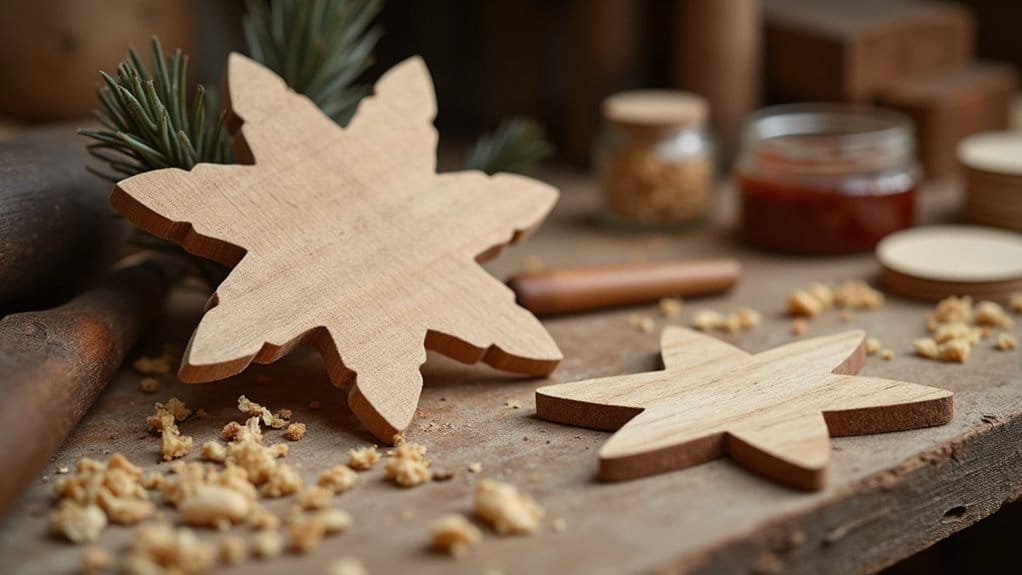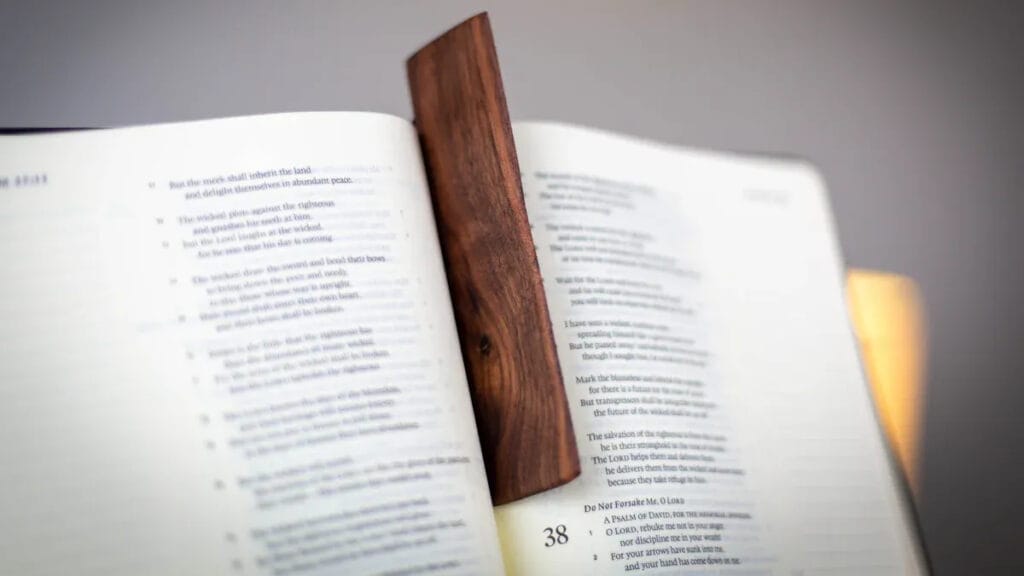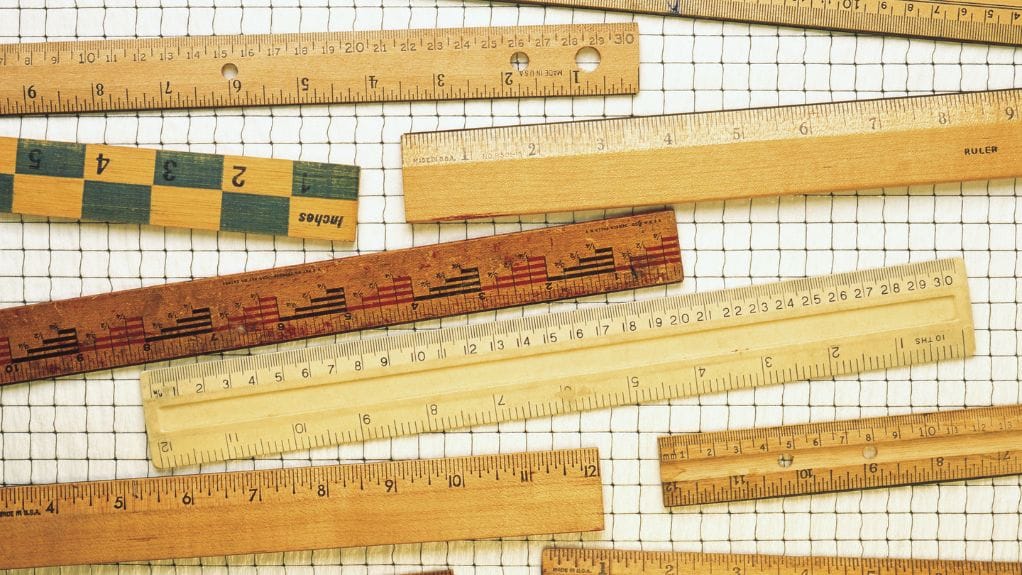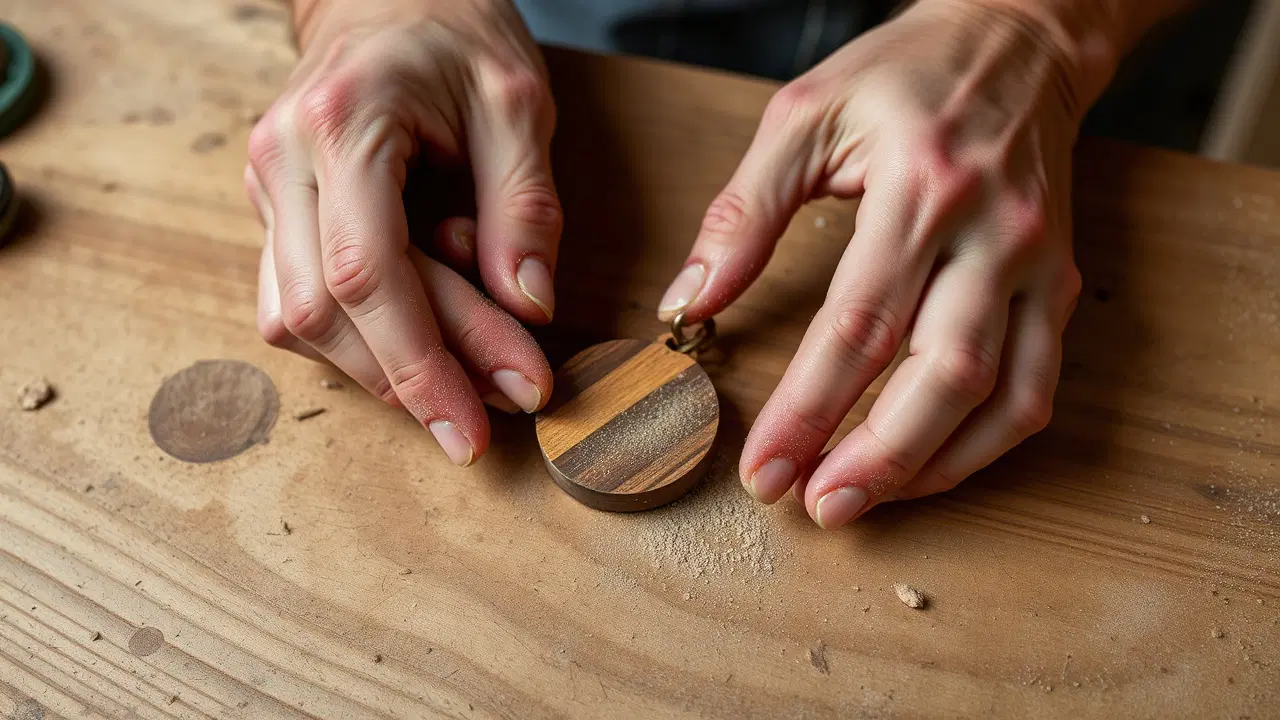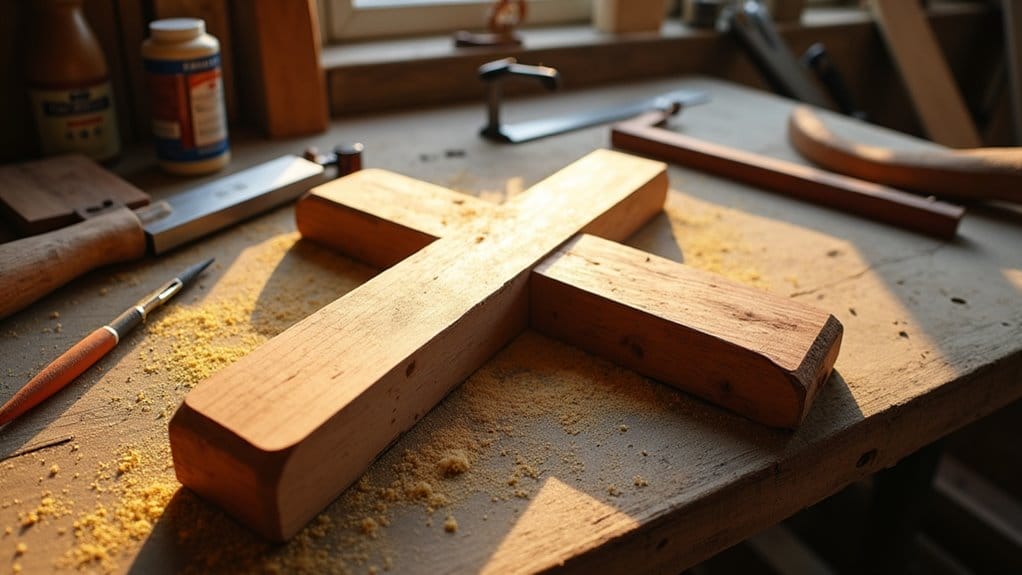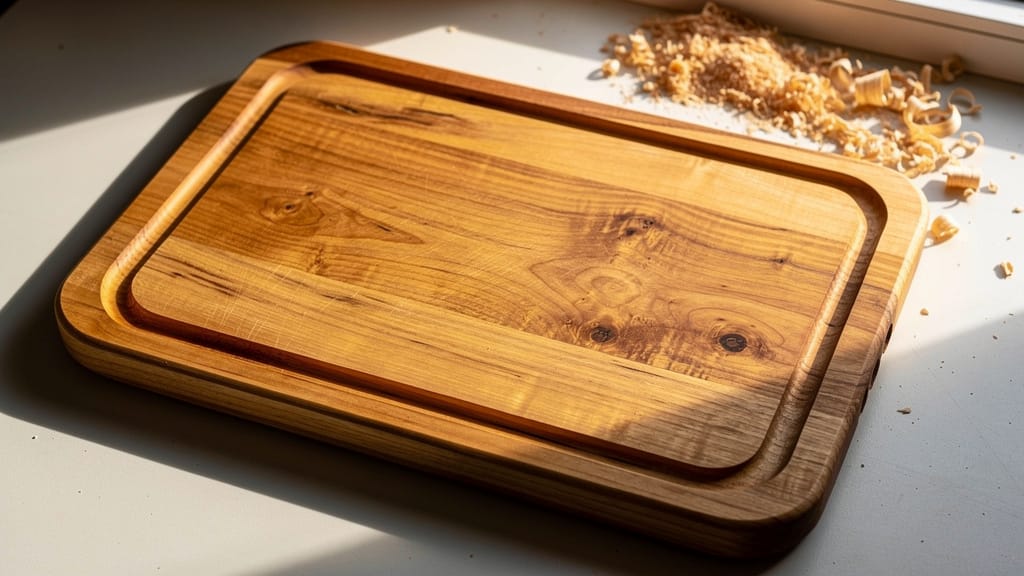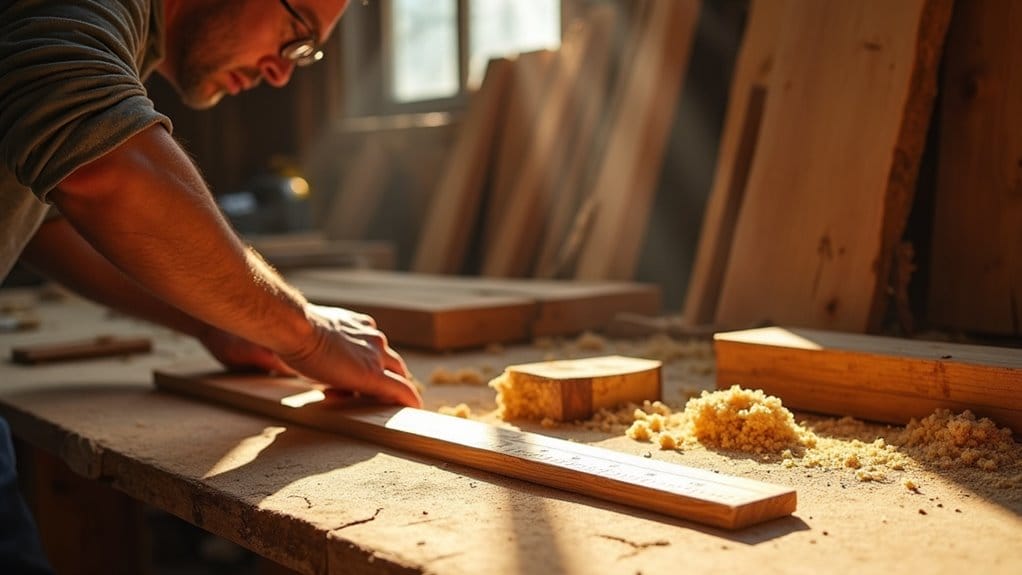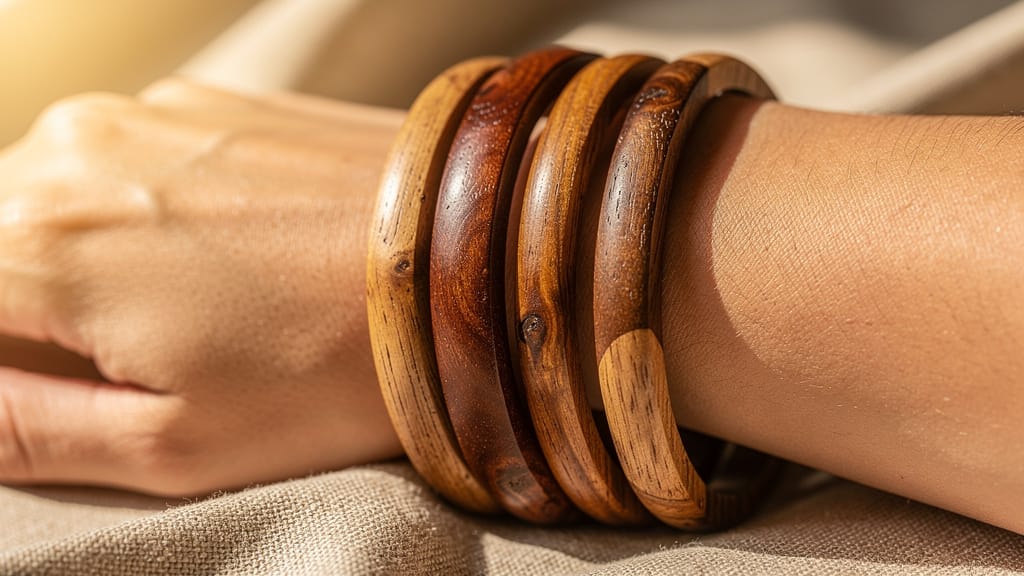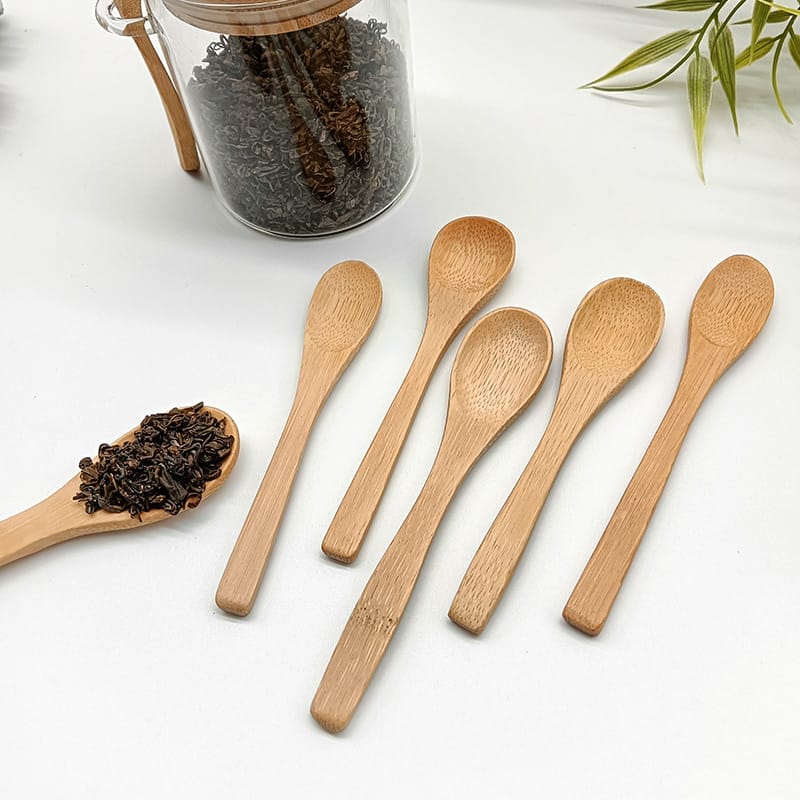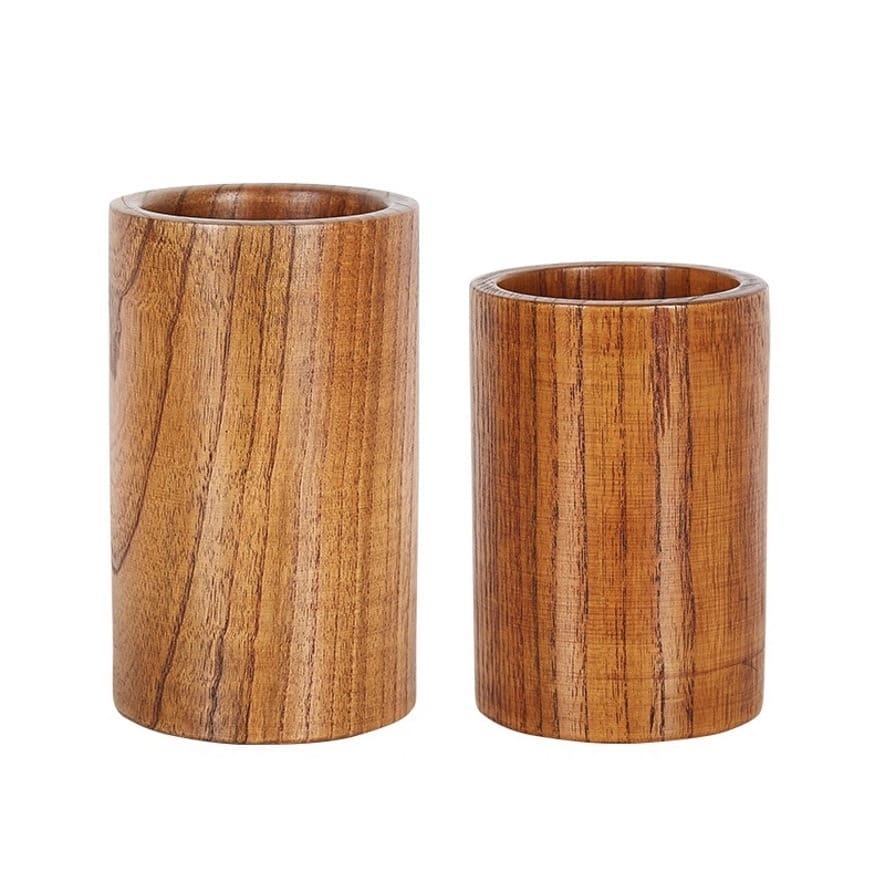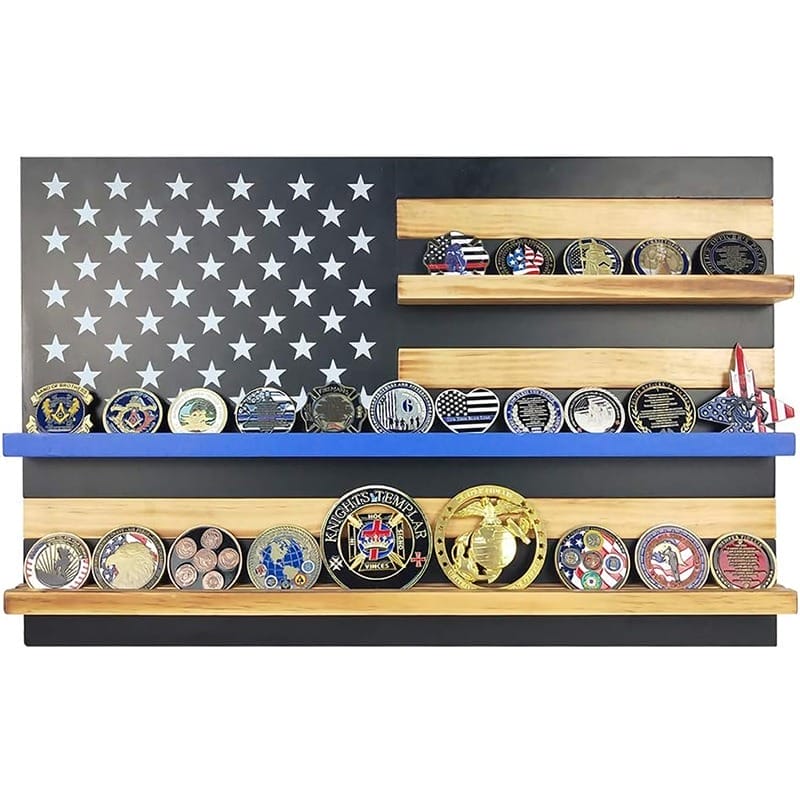When you’re considering using wooden craft sticks in your culinary projects, you’ll need to understand the vital distinction between food-grade and non-food-grade materials. While these simple wooden implements might seem harmless at first glance, their safety for food contact depends on several key factors, from manufacturing processes to material certifications. Before you grab that pack of craft sticks for your next kitchen creation, there’s essential information you should know about their food safety status.
Key Takeaways
- Only wooden craft sticks specifically labeled as food-grade are safe for food contact and consumption.
- Food-grade sticks must meet FDA and USDA standards through rigorous testing and quality control measures.
- Non-food-grade craft sticks may contain harmful chemicals and untreated materials that can leach into food.
- Food-safe wooden craft sticks are manufactured from birch wood, which offers tight grain and resistance to splintering.
- To ensure safety, verify food-grade certification, inspect for quality, and use new sticks only once.
What Are Wooden Craft Sticks?
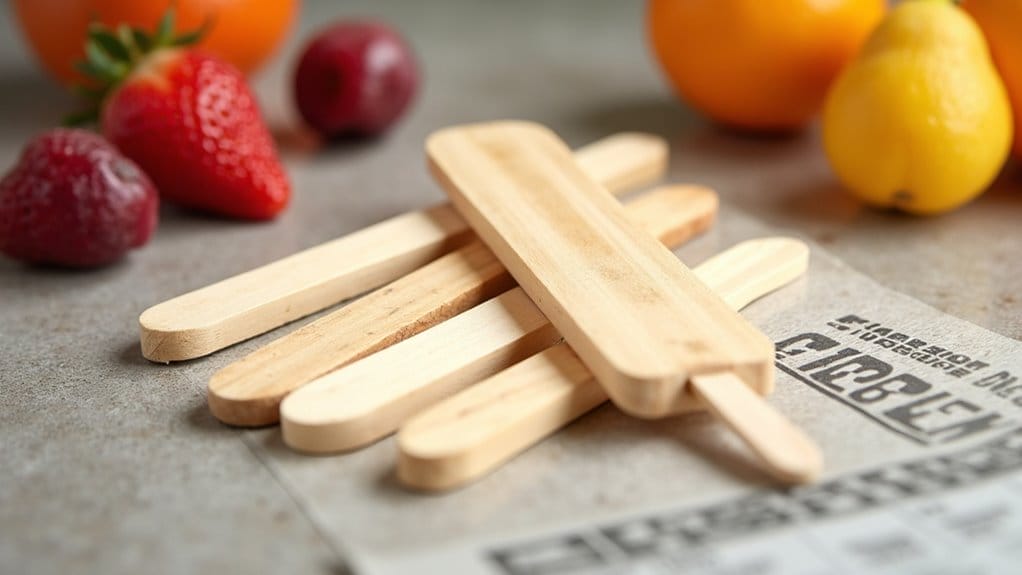
Wooden craft sticks are flat, rectangular pieces of processed wood commonly used for DIY projects, crafts, and food-related applications.
You’ll find these versatile sticks marketed under various names like popsicle sticks, ice cream sticks, or craft sticks.
They’re made from birch wood through a specialized manufacturing process that involves cutting, shaping, and smoothing the material.
Birch is popular for food use due to its tight grain, neutral taste, and resistance to splintering.
The sticks undergo careful processing to meet food safety standards while maintaining structural integrity for both culinary and craft applications.
Understanding Food Safety Standards

When it comes to food-contact materials, wooden craft sticks must comply with strict regulatory standards established by organizations like the FDA and USDA.
You’ll want to verify that your wooden craft sticks come from certified suppliers who follow safety standards for food-contact materials. Look for a label that specifically indicates they’re food-safe.
Quality manufacturers will guarantee their products meet requirements for moisture content, chemical treatments, and wood species safety.
To verify compliance, suppliers must document their safety protocols, maintain quality control measures, and undergo regular inspections.
They’ll also need to demonstrate that their manufacturing processes prevent contamination risks and maintain food safety standards throughout production.
Are Wooden Craft Sticks Food Safe?

Food-grade wooden craft sticks meet strict regulatory standards for material purity, manufacturing processes, and chemical treatments, while non-food-grade sticks don’t undergo the same rigorous safety protocols.
You’ll find non-food-grade sticks may contain harmful chemicals, untreated raw materials, or contaminants that can leach into food products.
If you’re using wooden sticks for food applications, it’s critical to verify they’re specifically labeled as food-grade to avoid potential health risks from splinters, chemical exposure, or microbial contamination.
Comparison Between Food-grade and Non-food-grade Sticks
Understanding the key differences between food-grade and non-food-grade craft sticks is essential for consumer safety.
Food-grade sticks are sourced from certified suppliers who guarantee their products meet strict safety standards. These sticks are made from odorless wood ideal for contact with edible products and undergo rigorous testing for contaminants.
Non-food-grade sticks, while similar in appearance, may contain harmful chemicals, preservatives, or dyes that can leach into food. They’re often manufactured without proper quality controls.
When you’re working with food, always choose food-grade sticks from certified suppliers of disposable wooden products. They’re both disposable and compostable while maintaining safety standards.
Potential Risks of Using Non-Food-Grade Sticks
Using non-food-grade wooden craft sticks poses several significant health risks that consumers must understand.
When you use these sticks for popsicles or frozen treats, you’re exposing yourself to potentially harmful chemicals and splinters.
Unlike food-safe products from certified suppliers of disposable wooden cutlery, craft sticks aren’t manufactured with smooth, sanitized surfaces designed for food contact.
They may contain preservatives, adhesives, or processing chemicals that can leach into your food, especially when you freeze them.
The wood might also harbor bacteria or mold due to improper storage and handling during manufacturing, making them unsuitable for direct food contact.
Best Practices for Using Wooden Craft Sticks

When selecting wooden craft sticks for food use, you’ll need to verify they’re labeled as food-grade and free from splinters, treatments, or dyes that could contaminate food items.
You should only use new, clean sticks once and discard them after use to prevent cross-contamination and bacterial growth.
For food safety, you’ll want to store unused sticks in a sealed container away from moisture, heat, and potential contaminants.
How to Choose Safe Wooden Craft Sticks
The selection of appropriate wooden craft sticks requires careful attention to several key safety factors. When selecting food-safe wooden craft sticks for culinary use, you’ll need to evaluate quality and sourcing carefully. Additionally, it’s important to consider the certifications and labeling provided by wholesale craft stick suppliers to ensure that the sticks are non-toxic and free from harmful chemicals. Always opt for products that specifically mention their suitability for food contact to guarantee safety. By being diligent in your selection process, you can create culinary projects with confidence, knowing that you’ve chosen the safest materials.
- Check packaging for “food grade” or “food safe” certification
- Select durable, splinter-resistant sticks from reputable manufacturers
- Consider custom specifications when buying in bulk for specific applications
- Verify the type of wood hasn’t been treated with harmful chemicals or dyes
You’ll want sticks made from natural, untreated wood that meets FDA standards.
Examine the grain pattern and smoothness of finish, ensuring there are no rough spots that could contaminate food.
Proper Uses of Wooden Craft Sticks in Food Applications
Proper implementation of wooden craft sticks in food service requires adherence to specific safety protocols and best practices. When using food-safe craft sticks or tongue depressors, you’ll need to apply them correctly for specific culinary applications.
| Application | Best Practice | Safety Tip |
|---|---|---|
| Coffee Stirrers | Single-use only | Avoid reuse |
| Appetizer Picks | Keep dry until use | Store properly |
| Edible Crafts | Use virgin wood | Check certification |
You should only use wooden craft sticks that are explicitly labeled as food-safe. Don’t repurpose craft supplies meant for non-food uses, as they may contain harmful chemicals or treatments. Always store your food-grade wooden implements in a clean, dry environment.
Frequently Asked Questions
Can Wooden Craft Sticks Be Used More Than Once for Food?
You shouldn’t reuse wooden craft sticks for food, as they’re porous and can harbor bacteria, even after washing. Single-use only is recommended to prevent foodborne illness and cross-contamination in your food preparation.
What’s the Difference Between Popsicle Sticks and Wooden Craft Sticks?
You’ll find popsicle sticks are food-grade certified and specifically treated for food contact, while wooden craft sticks aren’t guaranteed safe for food use and may contain untreated wood or non-food-safe finishes. When planning your next DIY endeavor, it’s essential to consider the materials you use, especially if food is involved. For those looking for creative inspiration, there are plenty of wooden craft stick project ideas that focus on crafts rather than food safety. These projects can range from building mini structures to creating decorative items, allowing for endless creativity without the concern of food-grade regulations.
How Long Do Wooden Craft Sticks Last Before They Start Deteriorating?
You’ll find that properly stored wooden craft sticks can last 5-10 years before showing signs of deterioration. Keep them in a dry environment below 70% humidity to prevent warping, mold growth, or structural weakening.
Are Colored or Painted Wooden Craft Sticks Safe for Food Contact?
You shouldn’t use colored or painted craft sticks with food, as their coatings aren’t food-grade. The paints and dyes may contain toxic chemicals that could leach into your food when exposed to moisture.
Can Wooden Craft Sticks Be Safely Used in Hot Beverages?
You shouldn’t use wooden craft sticks in hot beverages. They aren’t heat-treated for food safety, can leach chemicals, and may affect taste. Instead, use food-grade stirrers specifically designed for hot drinks.
Conclusion
When you’re using wooden craft sticks for food, you’ll need to verify they’re specifically labeled as food-grade and FDA-approved. Don’t assume all craft sticks are safe for culinary use. Only purchase from reputable manufacturers who comply with food safety standards and offer wholesale options. You’ll want to use new sticks each time, store them in a clean, dry place, and discard any that show signs of damage or contamination.







